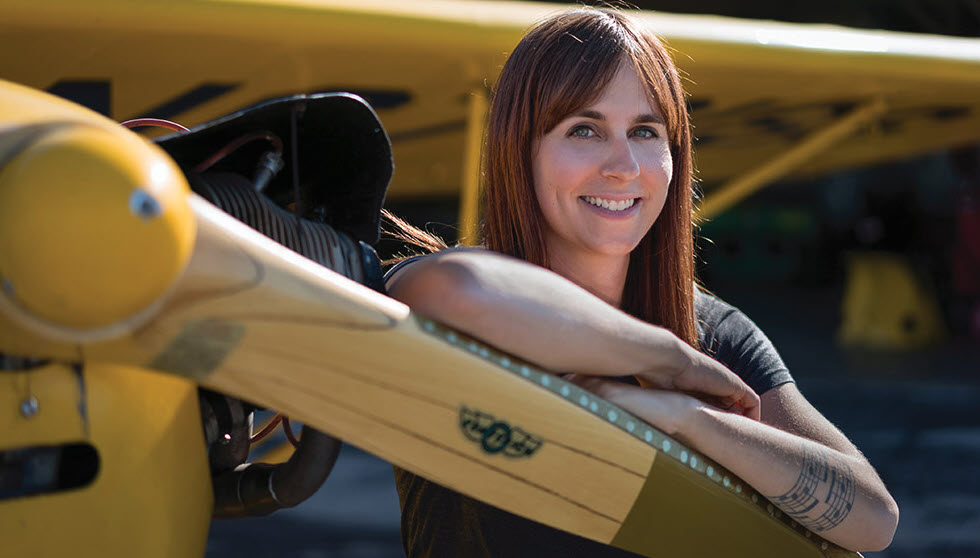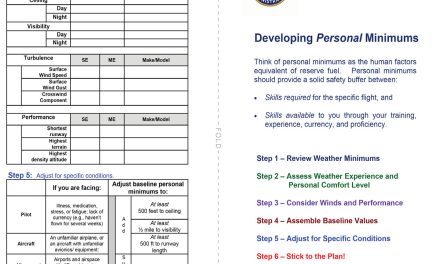NewView Technologies (www.newviewtech.com) of Oshkosh, Wisconsin, offers full panel retrofit avionics solutions, aircraft maintenance (100 hours, annuals, etc.), IFR/transponder certifications, window repair, restoration, and consulting. The company recently celebrated its 25th year as a repair station. COO asked them about this new Bushliner product. Here were the responses from Jessica Voruda, Avionics Sales & Marketing Manager.
This story was a companion piece to the full Bushliner Cessna Panel Upgrade story here.
[Ed. Note: This story is a longer version of what ran in the December 2022 issue.]
Q: As an installer, give us your thoughts on these panels. What would you tell a longtime customer/pilot friend of yours, about their positives and negatives?
A: While we are gearing up to do our first NextGen Panel install soon, simply based on the concept, I think it’s a game-changer. The concept is fantastic. I would tell a long-time customer or pilot friend of mine that the old days of uncertainties and limitations are gone now with the NextGen Panel System. That is if one is willing to spend the money! However, Kyle at Bushliner will be the first to tell you that the time you save on labor will certainly help make up for the price you pay on the front end.
Let me help back this up a little bit. Cessna Owner Magazine did an excellent article on Cessna stationary panels (March 2022 issue, by Elizabeth Gibbs, cessnaowner.org/stationary-panels). The article really helped illustrate the structural limitations inherent in many of the earlier model Cessna 172s, 175s, 170s, 180s, 185s. I have sufficient experience working around these original panels when working through upgrade options for modern digital display solutions, whether it be on the Dynon side with the SkyView PFD/MFDs, or in dealing with installations of Garmin G5s, GI 275s, or G3X 7-inch and 10-inch flight displays. All are subject to structural and locational limitations of the original airframe.
Some aircraft simply cannot fit 10-inch displays, no matter how you slice it. These can occasionally support the 7-inch portrait displays off to the side of the yoke column. Early 172s can’t support large flight displays, period, without major alterations to the instrument panels and getting DERs (Designated Engineering Representative) involved. Even the GI 275, with their 7 inches of length behind the panel, are a major squeeze in early 172, fitting just good enough that they clear the yoke T column as it swings forward and backward, and also just fitting in with the curvature of the original glareshield.
The last Cessna 172 installation we did had the GI 275s squeezed in touching the glareshield and angled so that they would clear the yoke T column.
At the end of the day, it’s about what the owner wants in their panel. Some purists want to keep an aircraft as natural as possible, and the idea of a glass panel display is blasphemy. Others say they don’t care about the original panel and they just want to fly behind the modern high tech flight displays. This is where Bushliner’s NextGen Panel system comes into play.
Take that original, highly limiting instrument panel and remove the whole panel frame from the aircraft.
Utilize a proven high strength milled-aluminum panel frame from Bushliner and eliminate the avionics limitations of the original airframe.
Take an old Cessna 172 with the old switches and a single line of primary instruments across the top of the panel and turn that into an airframe with a brand-new dual touch screen instrument panel like those coming out of the Cessna factory. It’s revolutionary.
Q: Why would a pilot/owner consider this option for updating their panel, vs. fully custom?
The rest of this article can be seen only by paid members who are logged in.Have a website login already? Log in and start reading now.
Never created a website login before? Find your Customer Number (it’s on your mailing label) and register here.
Still have questions? Contact us here.





